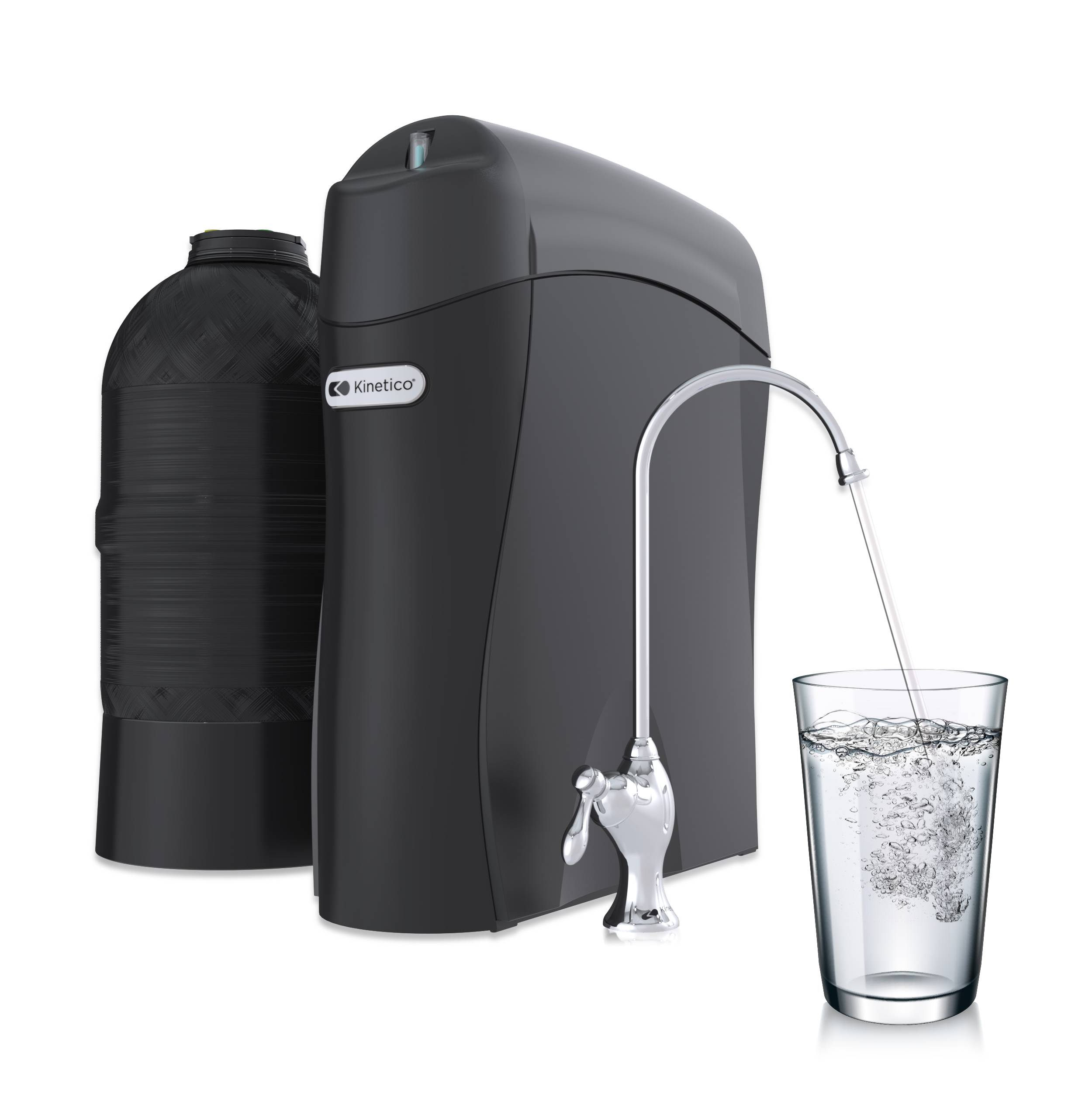“My water smells like rotten eggs.” This is a very common complaint from many homeowners but one that may be easily explained. Hydrogen sulfide, a compound that is widely known for its distinct rotten egg or sulfur odor could be the culprit. This colorless, flammable gas occurs naturally in gases from swamps and stagnant pools of water, volcanoes, hot springs or crude petroleum. H2S is also a waste product of many industrial processes and from municpal sewers and sewage treatment plants. The production of H2S is due to a process called anaerobic digestion, a breakdown of organic matter in the absence of oxygen.
In well water supplies, H2S is commonly formed by sulfate reducing bacteria. Well water naturally contains minerals of sulfate picked up from soil and rock formations. Sulfur reducing bacteria can change sulfates in the water to hydrogen sulfide gas. In other cases, hydrogen sulfide in well water can be caused simply by the decay of organic matter.
The human sense of smell can detect H2S in concentrations as low as 0.5 ppb (parts per billion). In addition to the odor, the taste of the water may also be affected. If left untreated, H2S can corrode steel, stainless steel and copper pipes. It can also tarnish silver and leave yellow or black stains on bathroom fixtures. While the amount of H2S typically found in most household water supplies is not high enough to pose serious health risks, slight nausea can occur due to the foul odor.
There are several options to treat H2S in a water supply. Trace amounts of the gas can be handled by activated carbon. If you have low to moderate amounts of H2S in your water, the gas can be converted to elemental sulfur and then filtered out by using an oxidizing filter. High amounts of H2S may require more advanced treatment.
It is important to note, if the rotten egg smell is only present in the hot water, not in the cold water, chances are the problem lies in the hot water heater. All hot water tanks have an anode rod, which is in place to prevent corrosion of the tank. However, if anaerobic bacteria are present in the water, they can use the electrons produced by the corrosion of the anode rod as an energy source to produce H2S. One simple fix is to switch out the anode rod in the tank. Check with a reputable dealer for replacement anode types to ensure you keep the warranty intact. Turning the temperature up on the hot water tank for a short period of time to kill the bacteria may help. But, remember to turn the temperature back down and drain the tank, otherwise scalding may occur. Shock chlorination of a private well is a temporary solution as well. Although these fixes can reduce the odor problem, they aren’t permanent.
If you suspect you have H2S in your water, it is best to contact a water professional for further on-site testing and precise treatment solutions.
Read also What is pH?



